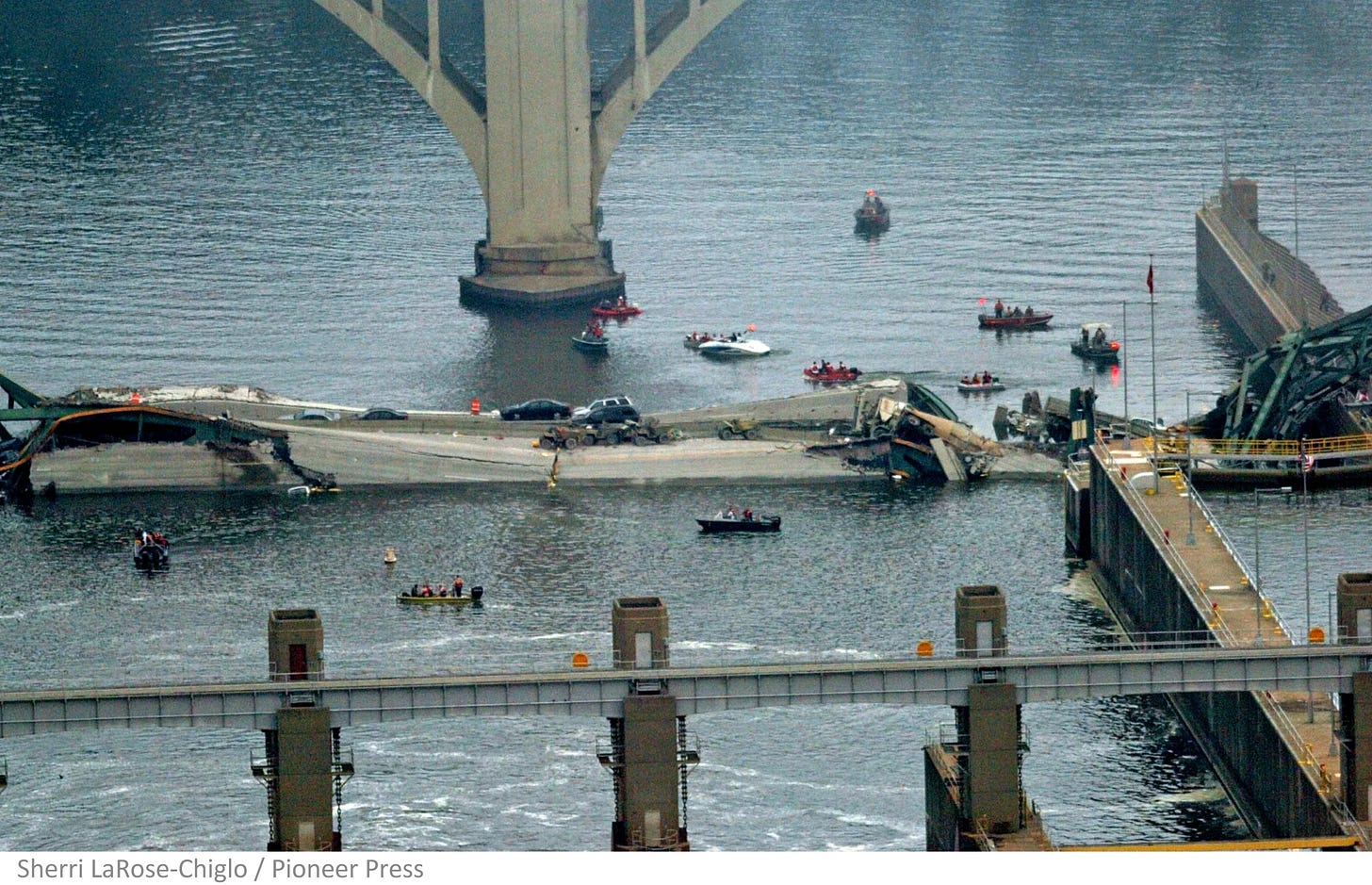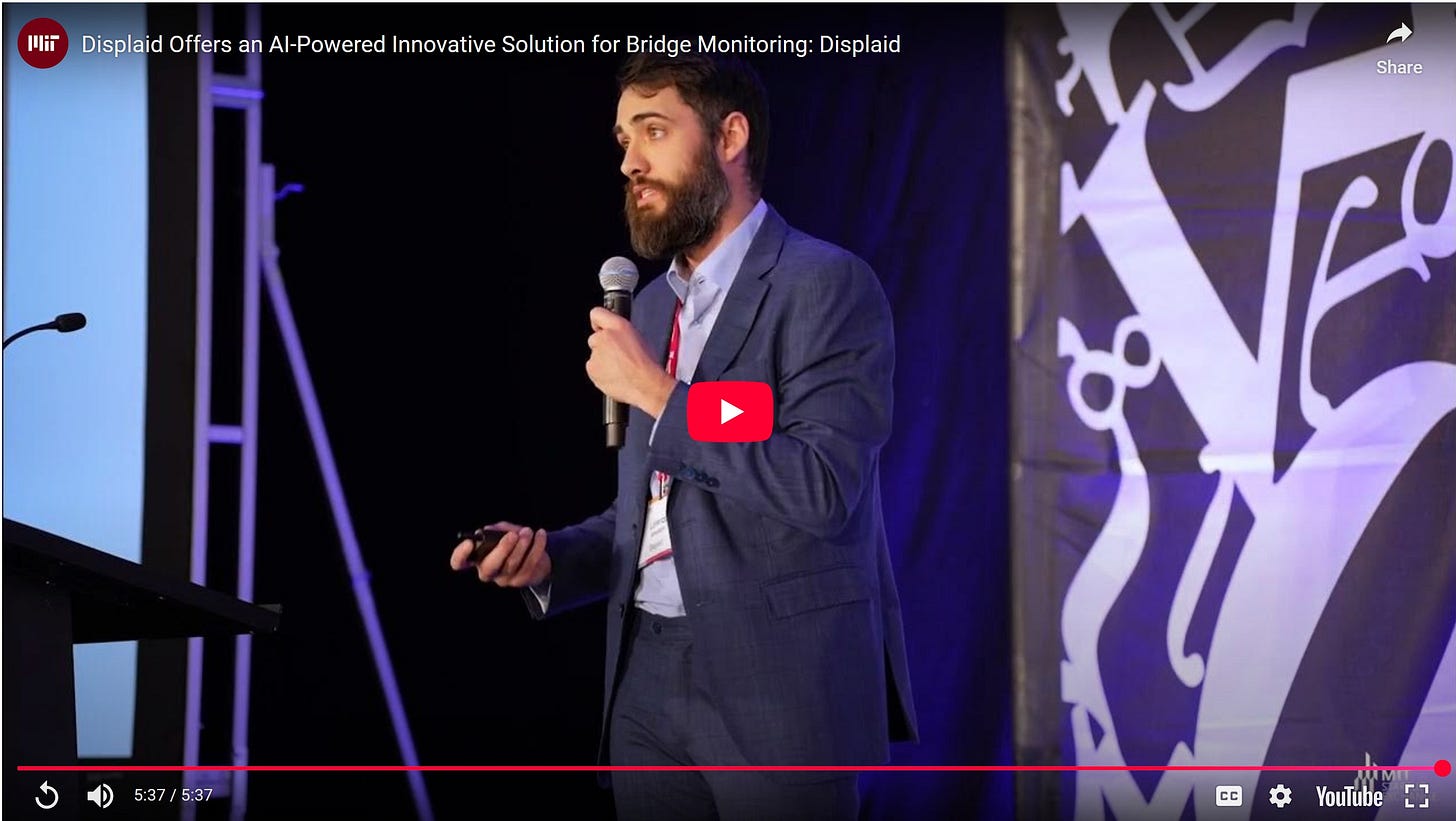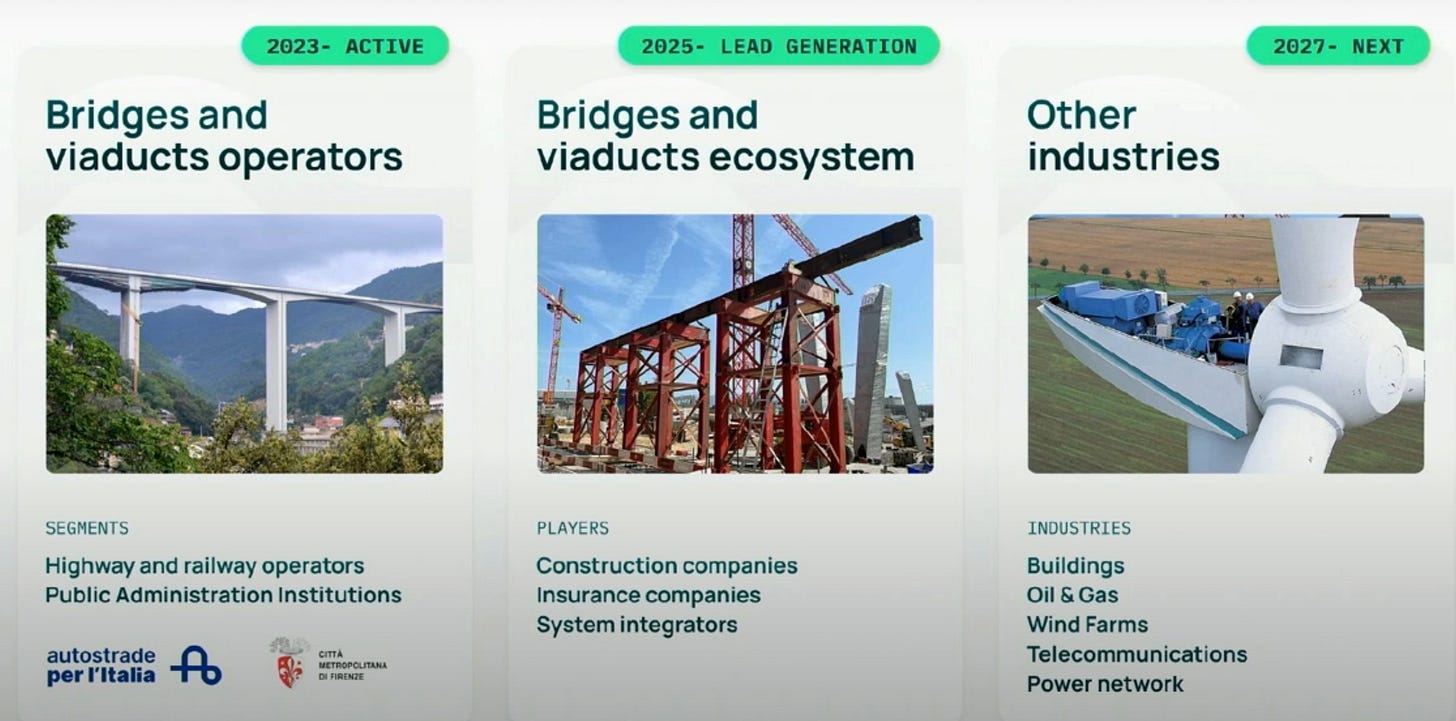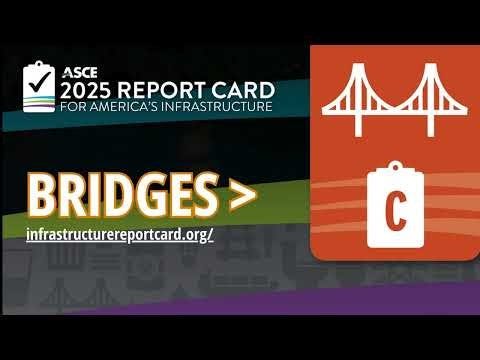Saving Bridges. And Lives.
Introduction
In his article at Pioneer Press, Nick Woltman reports, “The collapse of the I-35W bridge was one of the worst disasters in Minnesota history, killing 13 people and injuring another 145.” It occurred just after 6:00 p.m. on August 1, 2007. For those on the bridge, the plunge of 64 ft. into the river would have been a freefall into terror.
The history of collapsing bridges goes a long way back. According to Wikipedia, there have been close to 11,000 deaths from bridge collapses around the world since the one recorded in Rome in the 4th century. The American Road & Transportation Builders Association (ARTBA) has an interactive, informative map that references bridge statistics in the modern era. If you’re curious about the condition of bridges in your state, choose the state from the drop-down menu on the map to see the status of its bridges. While this article might not seem like a hot topic, if any of the bridges you regularly travel in your state are in iffy condition, the topic for you might be warmer.
But AI is helping.
One Company’s Vision and Impact
This startup, Displaid, is using AI to keep track of bridge conditions around the world. As they describe themselves,
“Displaid’s bridge monitoring technology uses AI trained on years of data from more than two dozen bridges to identify potential problems. For example, Displaid helped prevent a bridge closure in Italy, saving the Italian government 300,000 euros. Its sensors are 70% cheaper and three times more efficient than existing measures in identifying early-stage structural anomalies.”
If you want to learn more about them, check out the 5-minute video they presented at MIT’s Startup Exchange.
Currently, the main form of bridge inspections is visual. Inspectors assess the bridge for damage, such as cracks, spalling, or corrosion, either visually or with assistance from tools like drones or aerial lifts. These methods can be supplemented by other techniques depending on the inspection type and findings, including cleaning, probing, sounding, and measuring. For more detailed assessments, non-destructive testing (NDT) methods such as ground-penetrating radar (GPR), infrared thermography, ultrasonic testing, and strain gauges are employed to evaluate areas not easily accessible or visible.
Displaid offers a system that eliminates most of that: smart sensors attached to the bridges that they call “the wearable of the bridges”. The sensors gather data that is then provided to monitoring staff, displayed on screens with a simple UI providing interpretation and action steps.
Beyond bridges, their goals for growth include the sectors displayed in this still grabbed from their video at 4:50.
Conclusion
Several sources put the total number of bridges in the U.S. at over 600,000 with approximately one third classified as structurally deficient or functionally obsolete by the U.S. Federal Highway Administration (FHWA). Here’s a video from InfrastructureReportCard.org that sums up the numbers in a few seconds:
The report card just covers the United States. The number across the world must be enormous. Not much information is available on that, but Wikipedia takes a stab at it with an extensive list by country. The need for monitoring bridge conditions is critical in order to proactively catch impending failures, avert disasters, and save lives. Using AI algorithms in smart sensors on bridges adds to the inspectors’ toolbox. Companies like Displaid have the vision and products to meet the challenge.
We’ll be writing about a few more companies in the MIT Startup Exchange. Their positive contributions are worth sharing.





